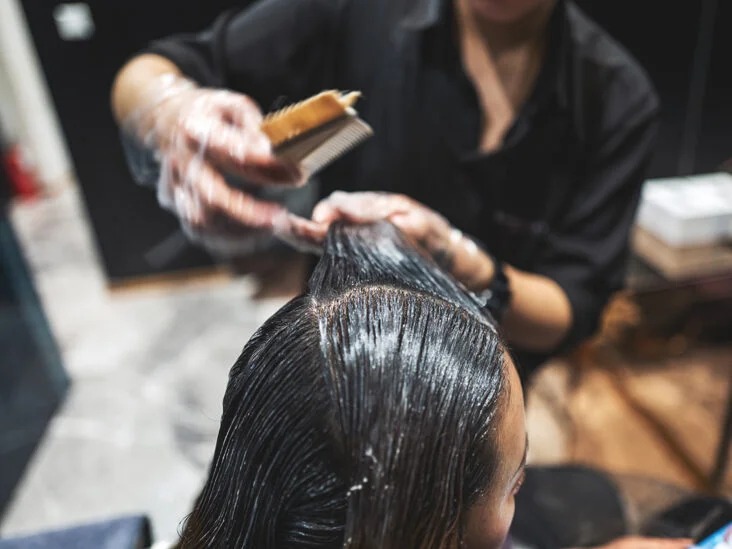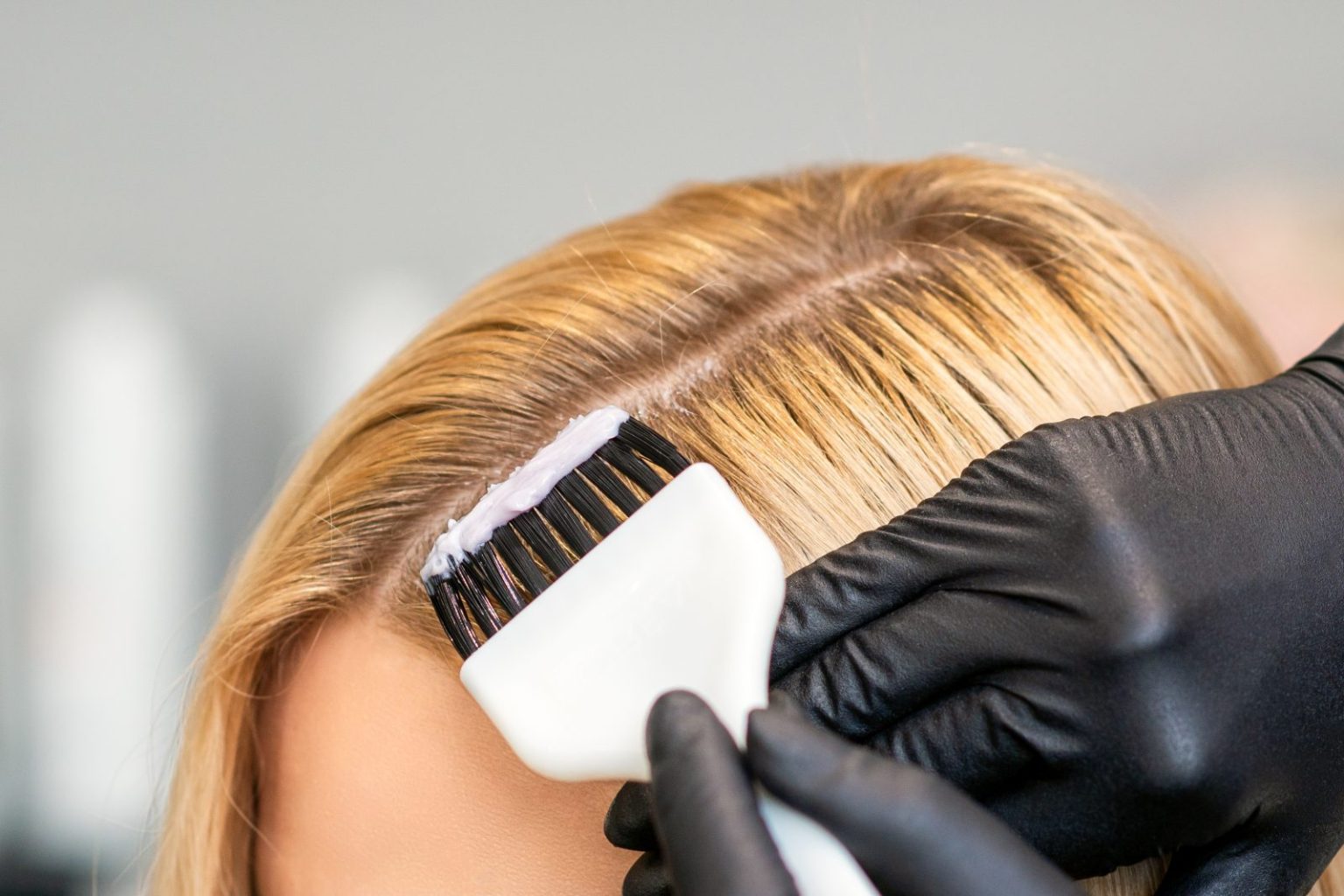If you dyed your hair at home during the pandemic, it may have turned orange or seems damaged, especially if you have naturally dark locks and tried to go lighter. Many people are unaware that your hair must go through several levels of lightening. Unfortunately, there is a lot of room for error. So there’s a lot of room for error unless your hair is medium brown and you’re doing a medium brown root touch-up.
Chemical process and hair damage
Because at-home dyes lack many of the complexes found in professional color lines, the hair will almost always have a flat appearance. Finally, compromising the integrity of your hair is a significant risk. We have this idea that if we leave it on the hair for a longer period of time, we will get a better result. People, on the other hand, tend to overprocess their hair. This can occur with any shade, but it is especially common when attempting to go lighter than your current shade.

Chemical processes can actually alter the texture of your hair. Coarse hair, for example, already lacks a smooth cuticle, so adding chemicals to it can exacerbate the problem and roughen it up even more. You can permanently damage your hair if you are not careful. Also read What You Should Know About Dry Cleansing
How to repair damage hair
If you have the wrong hair color
Your best bet is to hire a professional to repair the dye job. If the color is off, a professional can sometimes fix it by putting another color in to neutralize the issue or attempting to remove the box dye. In case, it’s a bleaching problem, they can do a color correction or try to fix it while you’re there.
If your strands appear dull
If you’re not yet ready to visit the salon, consult with your stylist. Because you dried it out, your hair may only require a hydrating mask, but if it feels brittle or dull, you may assume it has suffered more serious damage from lightening.
Begin with a hydrating hair mask containing ingredients such as hyaluronic acid, which promotes hair growth, and gluco peptides. Which penetrates deep into the hair cuticle to strengthen it. Wheat protein, which promotes deep hydration and leaves your hair soft and silky; and native plant cells, which help to repair the elasticity of damaged hair.
If your hair is brittle and damaged, Dry hair and damaged hair are not the same thing. If your hair has become brittle and is breaking off, you will need professional assistance. Also read How to Prevent Pollution Damage to Your Hair



